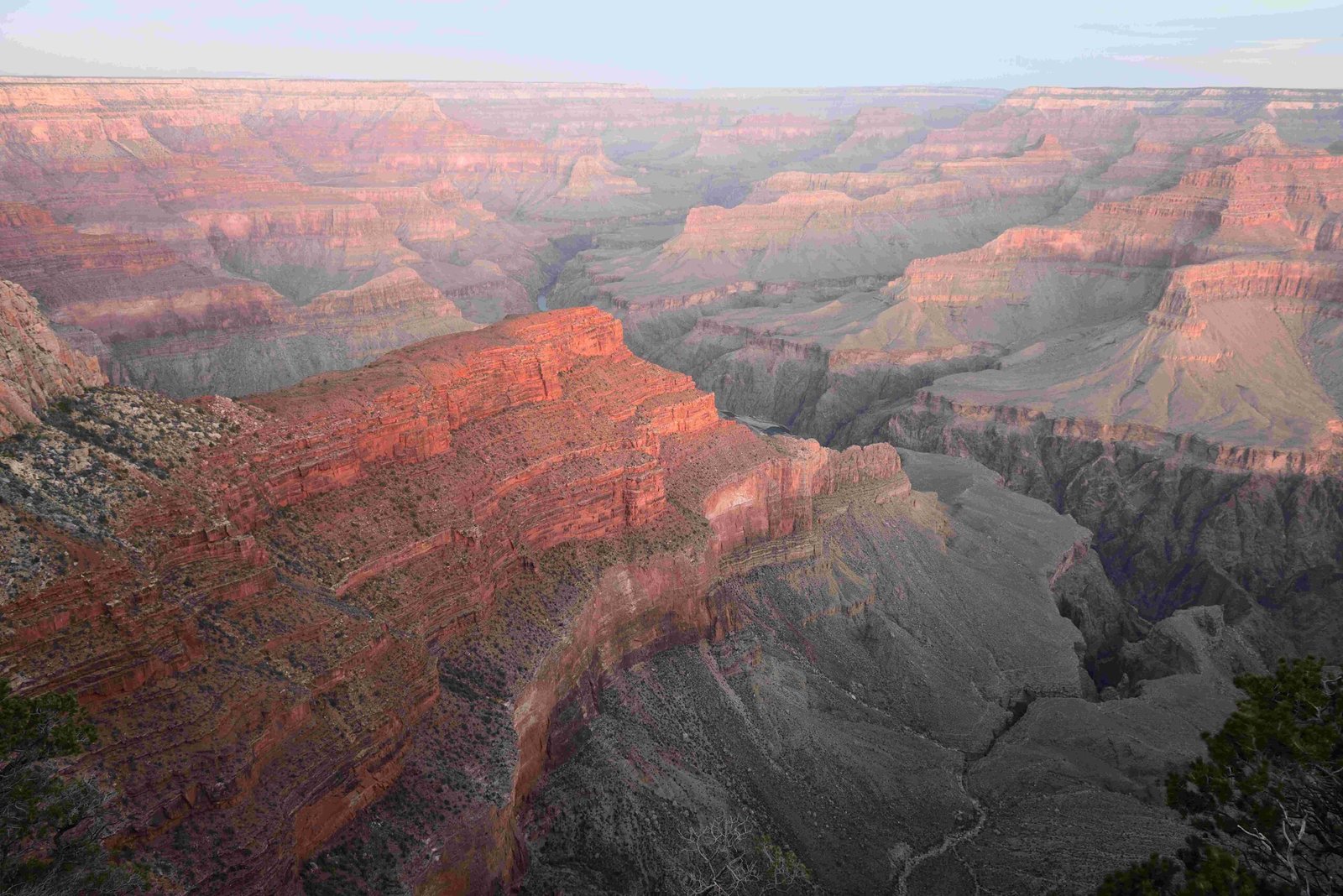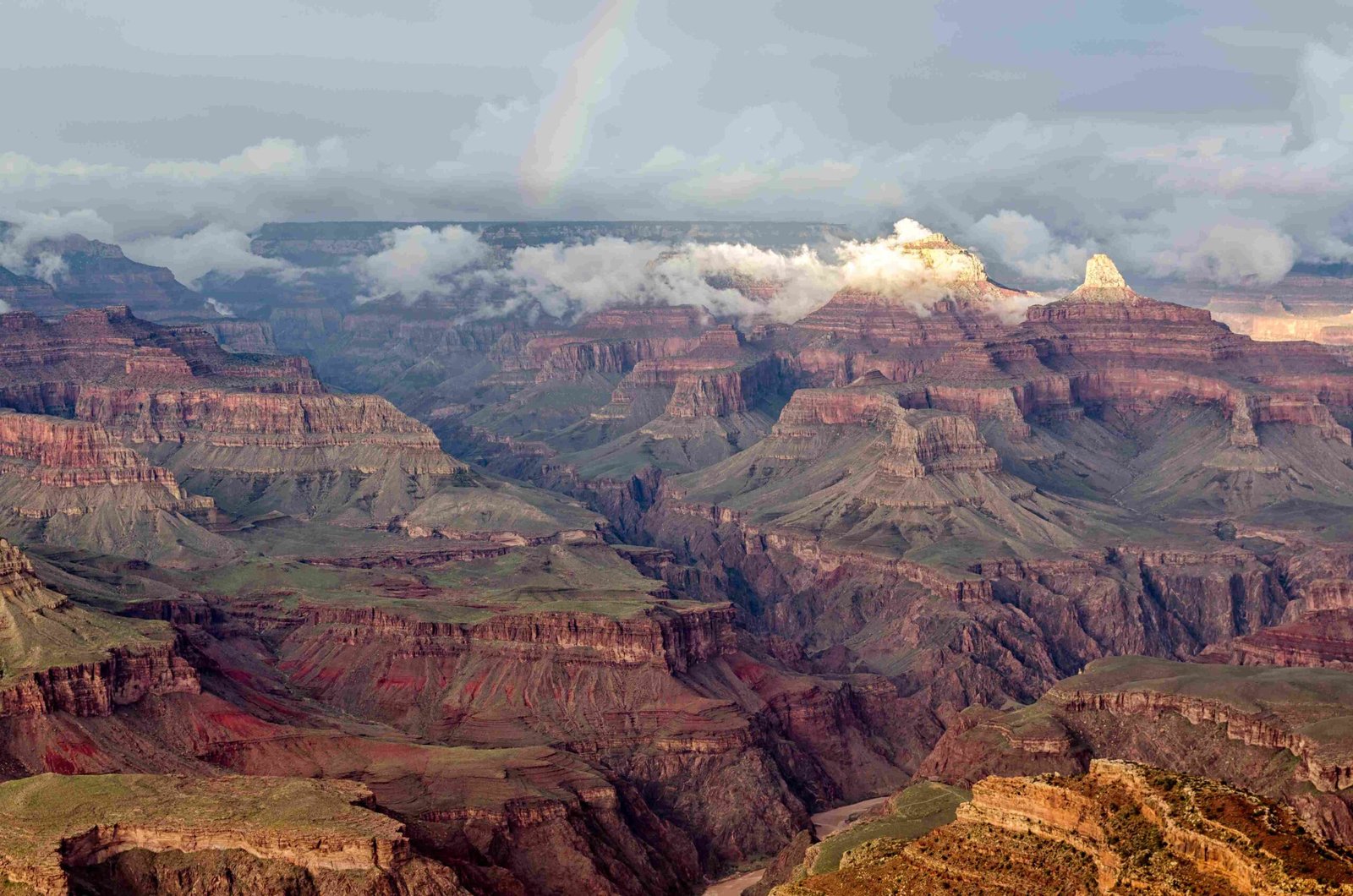Exploring the Grand Canyon’s backpacking campgrounds offers adventurers an unparalleled wilderness experience across diverse terrain and elevation zones. From the well-maintained Corridor Zone to challenging Primitive Zone campgrounds, hikers can select from multiple camping locations that provide unique perspectives of this geological marvel, each requiring specific skills, permits, and preparation for a safe and memorable expedition.
What Are the Grand Canyon Backpacking Campground Zones?

The Grand Canyon National Park features three primary backpacking campground zones, each offering distinct challenges and experiences for hikers:
Corridor Zone Campgrounds
- Most Accessible and Maintained
- Recommended for beginners and intermediate hikers
- Includes:
- Havasupai Gardens Campground
- Bright Angel Campground
- Cottonwood Campground
Threshold Zone Campgrounds
- Moderate Difficulty
- Suitable for experienced hikers
- Campgrounds include:
- Horseshoe Mesa
- Horn Creek
- Salt Creek
- Cedar Spring
- Monument Creek
- Granite Rapids
- Hermit Creek
- Hermit Rapids
Primitive Zone Campgrounds
- Advanced Hiking Experience Required
- Minimal facilities and challenging terrain
- Campgrounds include:
- Hance Creek
- Cottonwood Creek
- Grapevine
- Cremation
- Boucher
How to Obtain Backpacking Permits?

| Permit Requirement | Details |
|---|---|
| Application Window | Up to 4 months in advance |
| Permit Cost | $10 per permit + $5 per person per night |
| Maximum Group Size | 6 people |
| Application Location | Backcountry Information Center |
What Should Hikers Consider Before Camping?
Essential Preparation Checklist
- Obtain necessary permits
- Check water availability
- Understand trail difficulty
- Carry appropriate gear
- Be prepared for extreme temperatures
- Understand Leave No Trace principles
Water and Safety Considerations
Hikers must carefully plan water sources, especially in Threshold and Primitive Zones. Summer temperatures can exceed 100°F, making hydration critical. Always carry water filtration systems and extra water containers.
Recommended Gear for Grand Canyon Backpacking
- Navigation Tools
- Detailed topographic maps
- GPS device
-
Compass
-
Water Management
- Water filtration system
- Multiple water containers
-
Electrolyte supplements
-
Climate Protection
- Lightweight, moisture-wicking clothing
- Sun protection
- Emergency shelter
- First aid kit
Pro Tips for Successful Backpacking
- Start training months before your trip
- Practice hiking with a fully loaded backpack
- Understand your physical limitations
- Check weather conditions before departure
- Inform someone about your detailed hiking plan
Seasonal Considerations
| Season | Difficulty | Recommended Preparation |
|---|---|---|
| Summer | Extreme Heat | Carry extra water, start early |
| Winter | Cold Temperatures | Warm layers, potential snow |
| Spring/Fall | Moderate | Ideal hiking conditions |
Final Recommendations
Successful Grand Canyon backpacking requires thorough preparation, respect for the environment, and understanding personal hiking capabilities. Always prioritize safety and follow park regulations.
Reference:
– National Park Service – Grand Canyon
– Grand Canyon Backcountry Information
– Grand Canyon Hiking Guides
